Last evening, at exactly 6.30 p.m., I decided to take a quick walk in the woods near my house.
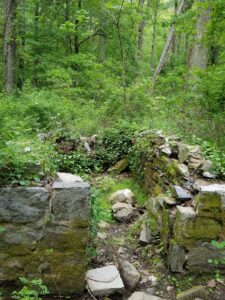 Every day, I walk through these private woods and they give me a calm sense of grounding. Ever since the coronavirus lockdown, I’ve not missed doing a loop that begins behind my house and goes further down to OM Sanctuary. Inside the woods are two sections I especially love: The first contains a foundation of a once upon a time homestead with a wall of stone around it and what was once a spring house. A stream runs through it. Every time I come here, I am reminded of Rattlesnake Lodge trail that I like as well. It has a quality similar to this space; something about ruins. I think of the poem, Tintern Abbey, its beauteous lyricism and evocative meditation of ruins while at the same time celebrating dear presences that are continually associated with the ruins. I dwell on my favorite lines:
Every day, I walk through these private woods and they give me a calm sense of grounding. Ever since the coronavirus lockdown, I’ve not missed doing a loop that begins behind my house and goes further down to OM Sanctuary. Inside the woods are two sections I especially love: The first contains a foundation of a once upon a time homestead with a wall of stone around it and what was once a spring house. A stream runs through it. Every time I come here, I am reminded of Rattlesnake Lodge trail that I like as well. It has a quality similar to this space; something about ruins. I think of the poem, Tintern Abbey, its beauteous lyricism and evocative meditation of ruins while at the same time celebrating dear presences that are continually associated with the ruins. I dwell on my favorite lines:
While with an eye made quiet by the power
Of harmony, and the deep power of joy,
We see into the life of things.
I even think of Ozymandias, how the trunkless head half-buried in the sand can still speak of the passions sculpted in the shattered face, the stature and power of what once was.
I think of a walled sacred garden in mythic times, a place of initiation and finding self.
I sit for a while and ponder over who used to live here and left some of their old tools now half-buried in the soil, hewn out of stone. There’s what looks like a pick-axe, scythe, broken pottery, bottles, and cans. There is an energy, I can feel it even though I can’t name it in precise terms.
The second section belongs to OM Sanctuary, about one kilometer from the wall. There is an empty space that I call a hermeneutic circle because when I am inside it I seek to understand myself and the surroundings more. It’s towards the top and flattest part of the trail, smells of pine, and is very often sunny even when there’s no sun elsewhere. A gentle and warm light comes between the trees, and I like to sun myself. Vitamin D is very necessary for wholeness. Sometimes a flock of wild turkeys will be gathered here for the same reason. I make sure not to get in their way. This is a comfortable patch to hammock, to say a prayer, to send a blessing to a loved one, to call upon a name, a thing, a dream, or an idea, that brings hope.
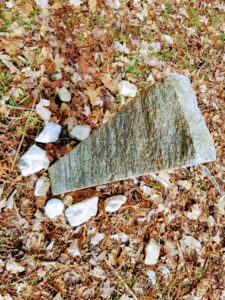
Before embarking on this ritual walk, I read and grade literature papers, respond to emails, prepare a garden bed for summer planting, and listen to an audio on Mindfulness Meditation led by Joseph Goldstein. He speaks about mindfulness as a practice in thought, feeling, awareness, and how we relate to experiences. I am a life student in the school of knowing—how we know what we know through both conventional and alternative sources—I am mostly saying Yes to what he’s explaining. He suggests that the most important principle in mindfulness meditation is not what happens but how we respond or react to it moment to moment—the process rather than the content. This in itself is not new to me, several teachers, including those outside the practices of mindfulness, have said the same thing. What’s new, however, is that for the next few hours before bedtime, I decide to practice it completely without resistance. It will be easy; I am alone, feeling content, the day is at its end, what could possibly rattle me? I stay on board with Goldstein’s next commonplace mantra: “Anything can happen any time.” Totally. This gives me a feeling of simplified joy. Aha, this is really it—very simple. We complicate our lives yet it is all very simple. I am on the brink of ecstasy, finally grasping a profound knowing that’s purely mundane yet liberating.
An idea comes to my mind—take a mindfulness meditation walk and calm down. Rapture can wait. It’s 6.30 p.m., still bright, and within 45 minutes I’d be back home before it’s dark. I get the keys, a whistle, bear spray, and the phone too. Sometimes I leave the latter behind but for some reason a thought says to carry it with me. I step outside the house with Goldstein’s words replaying in my body: “Are we relating to the experience with openness, with acceptance, with mindfulness?… Are we relating to pleasant things out of desire? Of wanting? Are we relating to unpleasant things out of aversion? Of wanting to push them away? Of wanting to get rid of them?”
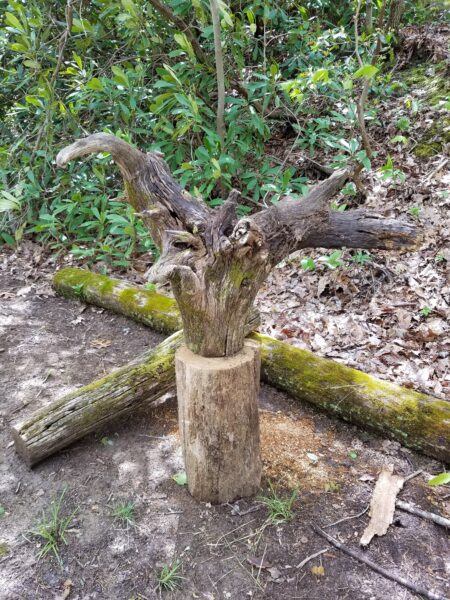
I notice the rhododendron bush and I say, there’s the rhododendron. I accept it. I put one foot ahead of the other and say, I am walking. There are trees. Oaks. Pines. Maples. Poplars, Locust trees… This is nice. This is really good. I am accepting, I am accepting what is arising…
About twenty minutes into the walk, I hear the wild turkeys clucking. The sound is different from their usual cackle but I accept it. Then I see them in a procession. Walking in rhythm, cluck-cluck. I look to where my feet are, but the sound from the feet of turkeys approaching my trail is louder than it normally is. I think of the dry leaves as a factor but, wait, acc—e-pt— Holy Mother of God! The largest, darkest, black bear is behind them, walking in tow. I DO NOT accept. Hand finds the whistle in pocket, reaches mouth at lightning speed, blows. Bear pauses but I cannot stand my ground. I retrace my steps, then break into a run.
I arrive home panting. So much for mindfulness! Phew. Nervous laughter. What surprises me most is that previously, I’ve not been afraid of bears. I’ve told my friends to yell or clap if they see bears, but never to run because that sets them off. I am never startled and now I agree, never say never. Clichés don’t teach enough. Experience is everything.
Tomorrow, I’ll start all over, Mindfulness Practice 101.
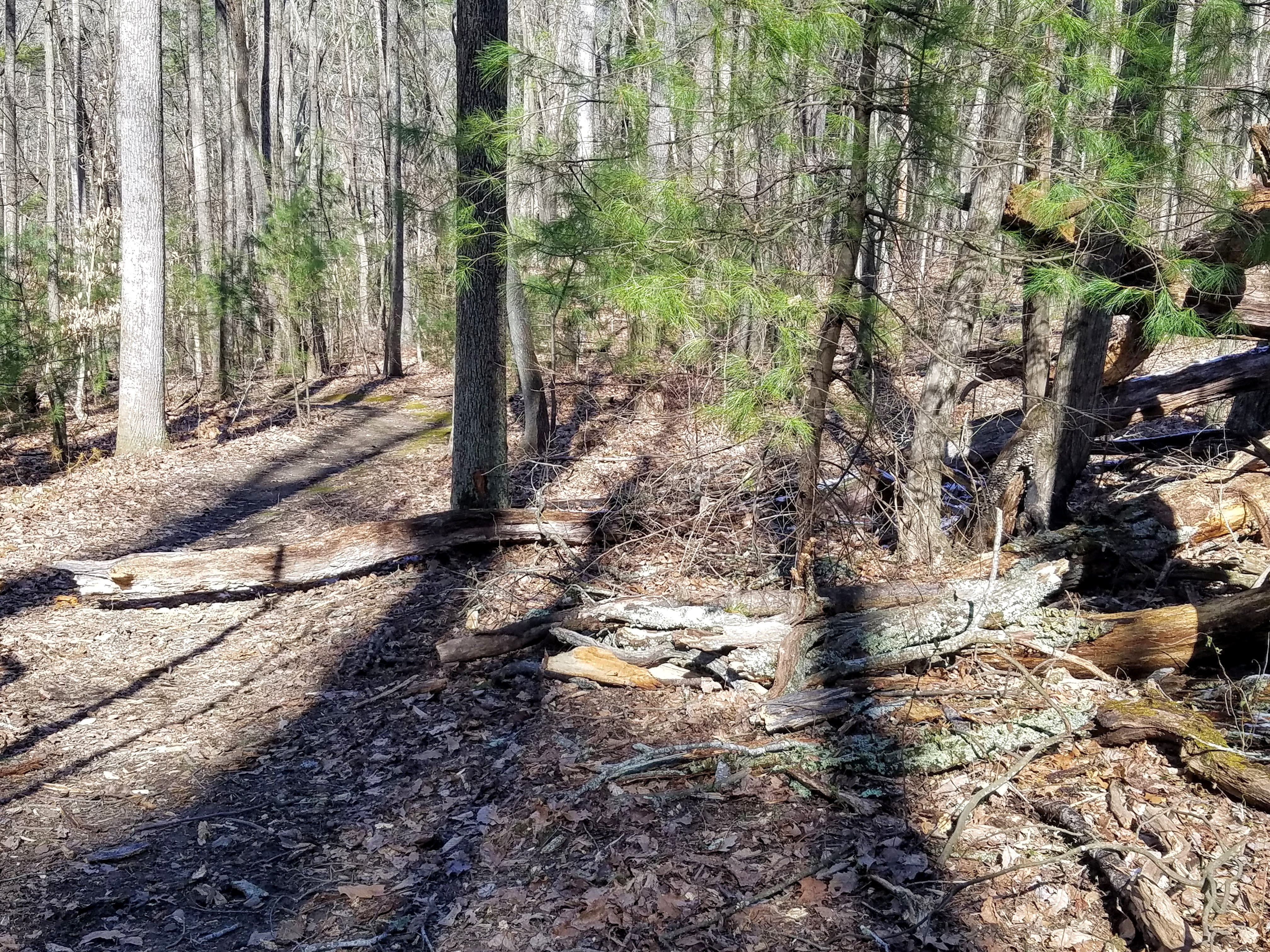
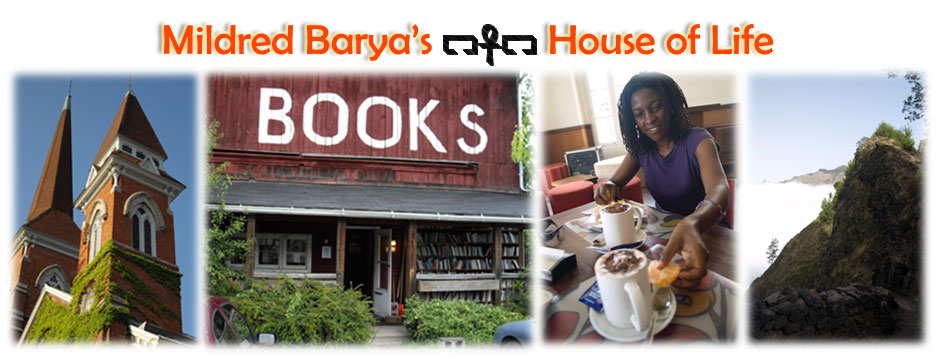





No comments yet.